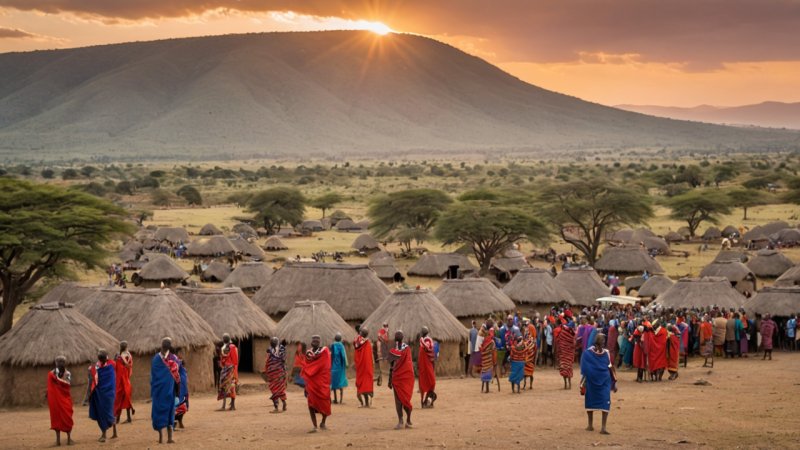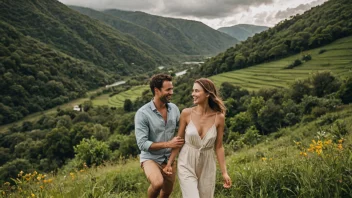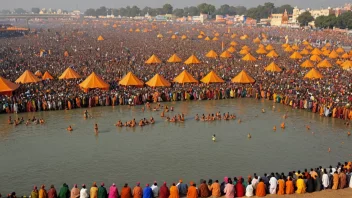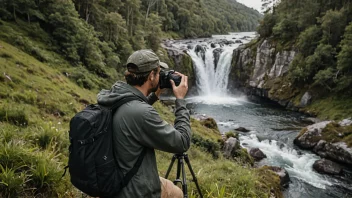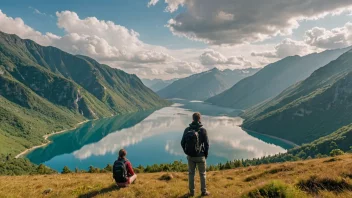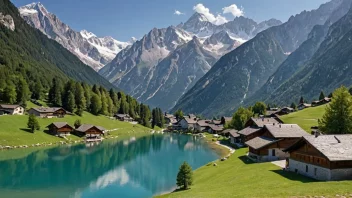The Maasai people of Kenya are renowned for their vibrant culture, striking attire, and deep connection to the land. As one of the most iconic ethnic groups in Africa, the Maasai offer a unique opportunity for photographers to capture not just stunning images, but also the essence of their rich cultural heritage. From the sprawling savannahs to the colorful beadwork and intricate rituals, every aspect of Maasai life presents an opportunity for exploration through the lens. This article delves into the best practices for photographing the Maasai, highlighting key locations, cultural insights, and tips to ensure your photographic journey is both respectful and rewarding.
Understanding Maasai Culture
The Maasai are semi-nomadic pastoralists who primarily inhabit southern Kenya and northern Tanzania. Known for their distinctive customs and traditions, the Maasai have managed to maintain a significant portion of their cultural practices despite modern influences. Their society is structured around clans, and they are known for their vibrant dress, which often includes shuka (a traditional cloth), intricate beadwork, and jewelry that holds cultural significance.
When photographing the Maasai, it is essential to understand their customs and way of life. Respect is paramount, and this extends to how you interact with the community. Learning a few words in their language, Maa, or asking for permission before taking photographs can go a long way in building trust and rapport.
Best Locations for Photography
Kenya is home to several regions where the Maasai live, each offering unique photographic opportunities.
- Maasai Mara National Reserve: Famous for its wildlife, the Maasai Mara is also the heartland of the Maasai people. Capture stunning landscapes with the Maasai silhouetted against the backdrop of the savannah during sunrise or sunset.
- Amboseli National Park: Known for its breathtaking views of Mount Kilimanjaro, Amboseli is a great location to photograph Maasai herders with elephants in the background, highlighting the coexistence of wildlife and pastoral life.
- Lake Nakuru: While primarily known for its flamingos, Lake Nakuru's surrounding areas provide opportunities to document Maasai life in a scenic setting, particularly during the migratory seasons.
- Ngorongoro Crater: Although technically in Tanzania, the proximity to Kenya makes it a popular destination for Maasai cultural experiences. The crater's unique ecosystem provides a dramatic backdrop for capturing local life.
Techniques for Capturing Culture
To effectively capture the essence of Maasai culture, consider the following techniques:
- Use Natural Light: The golden hours of sunrise and sunset offer the best lighting conditions to capture the vibrant colors of Maasai attire and the landscape.
- Focus on Portraits: Portraits can reveal much about a person's identity and culture. Take the time to engage with individuals, listen to their stories, and capture their expressions.
- Document Daily Life: Beyond traditional ceremonies, everyday activities such as herding cattle, crafting beadwork, and cooking provide a rich narrative. Be patient and observe how life unfolds.
- Incorporate Movement: The Maasai are known for their jumping dance, the Adumu, which is a rite of passage for young warriors. Capturing motion can bring dynamic energy to your photographs.
Ethical Considerations
When photographing indigenous cultures, ethics should be at the forefront of your mind. Here are some principles to keep in mind:
- Seek Permission: Always ask for permission before taking photographs of individuals or their homes. Respect their right to refuse.
- Offer Reciprocity: If you take a photograph, consider offering something in return, such as a printed photo or a small token of appreciation.
- Avoid Stereotypes: Strive to capture the diversity and complexity of Maasai culture beyond the surface-level stereotypes often portrayed in media.
- Share Stories Responsibly: When sharing your photographs, be mindful of how you represent the community. Aim to share authentic stories that honor their culture.
Unique Experiences with the Maasai
Engaging with the Maasai community can lead to unique photographic opportunities. Here are some experiences to consider:
- Participate in a Traditional Ceremony: Many Maasai villages offer visitors the chance to witness or participate in traditional ceremonies such as weddings or initiation rites. These events are rich in colors, music, and dance, providing excellent photographic material.
- Home Visits: Visiting a Maasai home can give you insights into their daily life. Capture the intricacies of their mud-and-thatch homes, the organization of space, and the warmth of family interactions.
- Beadwork Workshops: Engage in workshops that teach you about the significance of Maasai beadwork. Photographing the artisans at work can be a great way to document traditional skills and craftsmanship.
Recommended Gear for Capturing Maasai Culture
Having the right photographic gear can enhance your ability to capture the beauty of Maasai culture. Here are some recommendations:
- Camera: A DSLR or mirrorless camera with manual settings will give you the flexibility to adjust for varying lighting conditions.
- Lenses: A versatile zoom lens (24-70mm) is ideal for both landscapes and portraits. A prime lens (50mm) can be great for low-light situations and capturing detailed portraits.
- Tripod: A lightweight tripod can help stabilize your camera during low-light conditions, especially during sunrise and sunset.
- Extra Batteries and Memory Cards: Always carry extra batteries and memory cards, as you may find yourself taking more photos than planned.
Editing and Sharing Your Images
Once you return from your photographic journey, editing your images is crucial to bring out their full potential. Consider the following tips:
- Enhance Color: Adjusting contrast and saturation can help emphasize the vibrant colors typical of Maasai clothing and landscapes.
- Cropping: Tightening your composition can help focus on key elements and remove any distractions from the frame.
- Include Captions: When sharing your photos, include captions that provide context, such as who the subject is and what the photograph represents.
Conclusion
Photographing the cultural heritage of the Maasai in Kenya is not just about creating stunning images; it is also about understanding and respecting a community that has much to teach us about resilience, tradition, and connection to the land. By approaching your photographic journey with sensitivity and a genuine desire to learn, you can create a body of work that honors the Maasai people and their culture. Remember that every photograph tells a story—make sure yours reflects the beauty and complexity of the Maasai heritage.
